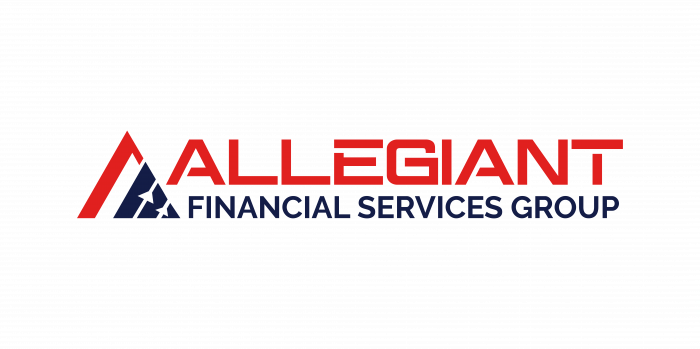Lisa Cassidy
Allegiant Financial Services Group
Cost Segregation
What is a cost segregation study, and how can it benefit real estate investors?
Recent tax changes in the Tax Cuts and Jobs Act of 2017 have boosted the appeal of cost segregation studies for even middle-class real estate investors. Long leveraged by seasoned commercial real estate investors, cost segregation studies allow taxpayers who own commercial real estate to reclassify certain assets as property under Internal Revenue Code § 1245. Cost segregation, which can reduce tax liability and increase cash flow significantly, was once reserved almost exclusively for wealthier investors. However, the Tax Cuts and Jobs Act of 2017 (TCJA) increased the bonus depreciation from 50% to 100%, making cost segregation much more appealing to the average commercial investor. The study itself is a strategic process. A cost segregation expert performs an analysis of real estate (commercial property only) and determines whether or not identifying and setting apart specific components of that property as private as personal property defined in IRC 1245 will produce any accelerated depreciation benefits for tax purposes. Using a cost segregation study, commercial real estate owners can shelter much more taxable income from their real estate portfolios due to deductions for accelerated depreciation. In general, any commercial (NOT single-family homes) real estate acquired after 1986, including real estate construction, improvements, or new acquisitions, can qualify for cost segregation. The primary objective of a cost segregation analysis or study is to segregate assets into four (4) distinct asset class categories, including land, land improvements, personal property, and buildings and structures. Personal property includes window treatments, flooring and carpeting, and furniture and fixtures depreciated over a 5 or 7-year depreciable life. Landscaping, sidewalks, pavement, and other improvements to land are subject to 15-year depreciable life. Buildings and structures depreciate over 27.5 or 39 years depending on the kind of property, while the land itself is not depreciated. For purposes of a cost segregation study, tangible property is defined as anything that is not an attached structural component, including cabinets, office equipment, and furniture, and floor coverings. On the other hand, structural components relate to the maintenance or operation of a building, such as HVAC systems, wiring, and lighting fixtures. Real property components that meet the requirements and are reclassified as personal property can be depreciated over as little as 5 years instead of the standard 39 years for non-residential real estate and 27.5 for residential real estate. While a cost segregation study can be expensive, it can also pay for itself many times over its potential to reduce the amount of income taxes paid in the current tax years. This means, of course, an immediate bump up in cash flow from real estate operations. If you are a real estate investor looking to find more ways to reduce tax liability and increase your income, then you need to talk to your financial advisor or CPA about cost segregation. Learn more detail about how investors like you are using cost segregation to defer taxes and create more cash flow for their real estate businesses.
Lisa Cassidy
Allegiant Financial Services Group
225 Union Blvd
Suite 150
Lakewood, Colorado 80028
lisa@allegiantfsg.com
(844) 299-1501

Looking For Answers?
Download our Safe Money Guide and learn more about safe retirement options that can help you achieve your retirement goals safely - FREE!


